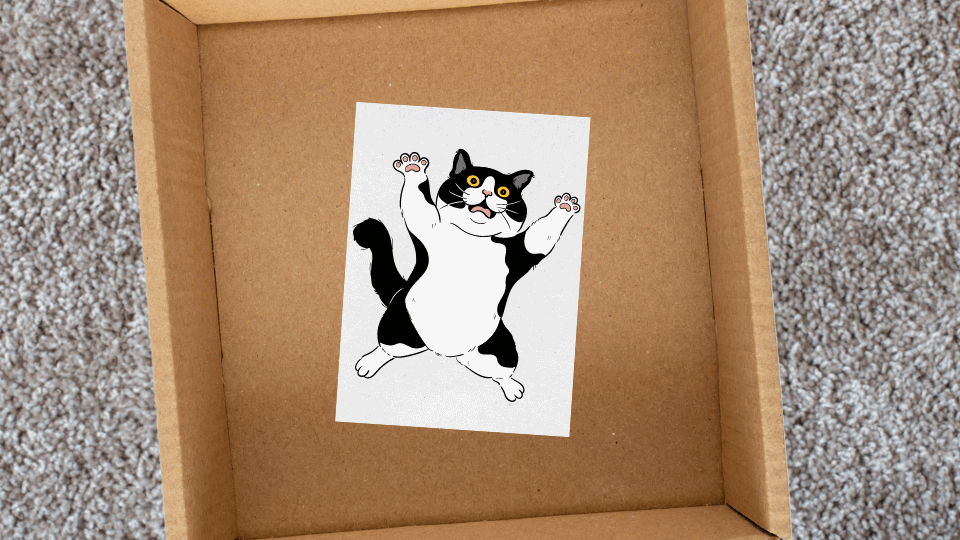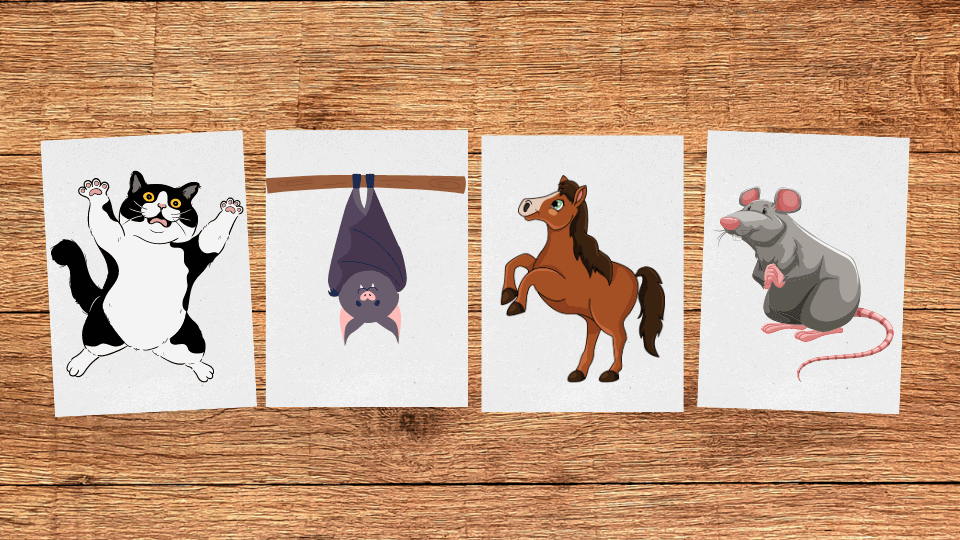I've seen an increasing amount of moms asking about how you can teach phonics to two and three-year-olds. And if it is a good idea to start teaching phonics so early. In this article, we will get to the bottom of it so you will know precisely when to start teaching phonics to your child and where to start.
As a general rule, children are ready to begin learning phonics at age 3, on the phase 1 level. The main goal of phase 1 phonics is to enhance children's recognition of sounds in their environment and develop their listening skills.
There is a big misconception regarding widespread knowledge of teaching phonics. And the misconception is that phonics starts with learning letters and letter sounds, which is only partially true.
Phase 1 phonics - What it is, and when to begin teaching it
Often when moms ask how they can teach phonics to their preschoolers, they are asking how to get their two- or three-year-old child to learn letter sounds.
However, teaching phonics does not start with that kind of skill. Learning letter sounds starts at phonics phase 2, generally taught at pre-kindergarten levels between ages 4 and 5. Children do not need to learn letter sounds before they reach that age and stage.
Phonics phase 1 is usually started at the nursery level when children are about three years old, and it lays the necessary foundation before phonics phase 2. Phase one phonics focuses on listening and hearing sounds, experimenting with sounds, and exploring and expanding vocabulary.
See below if you are wondering what you should be doing with your child at this age.
There are seven aspects to phase 1 phonics, which are not to be taught in any particular order. However, you may notice that your child will be ready for aspects six and seven much later than the rest of the 5.
Let's go through the different aspects of phase one phonics.
1. Environmental Sound Discrimination
Environmental sound discrimination focuses on sounds around us. It helps children develop listening skills.
Consider going on a sound walk through the park, where the main focus is listening to different sounds. Ask your child what they can hear in the park: birds singing, children playing, people walking, leaves rustling, etc. And let your child focus on one sound at a time. Encourage your child to compare different sounds that they hear.
Another fun activity you try out is matching animals to their noise. You put a picture or an animal toy inside the box so the child can't see what's in there. You make the noise, and they have to tell you what animal is inside.

And then, you pick up the box or open it and reveal whether they were right. Once children have played this a little bit, you can reverse the roles and get them to put an animal in the box, make a noise, and get you to guess which animal is inside.
2. Instrumental Sound Discrimination
Instrumental sound discrimination explores the different sounds that different items or "noise makers" make. For example, children might start using instruments along with a story, so they might hit a drum if someone is running or tap it lightly if they're walking.
Another fun way to develop instrumental sound discrimination is to record the sounds of a few different instruments you have at home. Then you might play the recording of what a harmonica sounds like and ask your child to pick up different instruments until they find one that sounds like the sound you just played.
3. Body Percussion
Body percussion is developing children's understanding and awareness of sound and rhythm. Activities include lots of singing and action rhymes and creating that general vocabulary around sounds. That moves us on nicely to the next aspect.
4. Rhythm And Rhyme
This is all about rhythm and rhyme in speech. Activities include rhyming stories and clapping out the syllables in different words.
You might also play games like odd one out: a game where you have different objects or pictures which almost all rhyme, but you might have one or two that are the odd ones out.

I recommend starting with just one odd one out at first, and as children get more confident with that game and their understanding of how rhyming works, you can add more objects or pictures that don't rhyme with the rest.
5. Alliteration
Alliteration focuses on the beginning sounds in words. The goal is to explore the concept of initial sounds and notice when two different words have the same beginning sound aspect. You can incorporate matching activities like finding two objects that start with the same sound.
6. Voice Sounds
In this aspect of phase one phonics, you might start seeing a little bit of phase two. Building the foundation for phase two, which all of phase one is, of course, but this is probably the most prominent part.
The voice sounds aspect of phase 1 phonics is distinguishing between the different spoken sounds to prepare children for segmenting and blending.
This will involve a lot of modeling. So you might pick up a toy bat and tell the children BAT, B/A/T, BAT and ask them to do that with you or repeat after you. This then highlights the different speech sounds in that one word.
7. Oral Blending And Segmenting
Oral segmenting is building on aspect six, voice sounds. For example, you could lay some objects on the table. One of them is a toy bat, and instead of saying the word bat, you might say, can you find me the B/A/T and see if your child can blend those sounds to find that object.
When focusing on segmenting practice, you might show an object or a picture and ask your child what sounds they can hear in that word.
For example, if you pick up a toy cat and say, C/A/T, ask your child what sounds they can hear in the word C/A/T? They might notice the initial sound and the sound at the end. You can then help them to hear the middle sound as well. It is all about letting children explore the world of sounds.
I hope you see the benefit of using all the aspects of phase one phonics to lay a strong foundation for your child's reading abilities and pave the way for future success in literacy. Remember, each child is unique, and progression through the phases may vary.